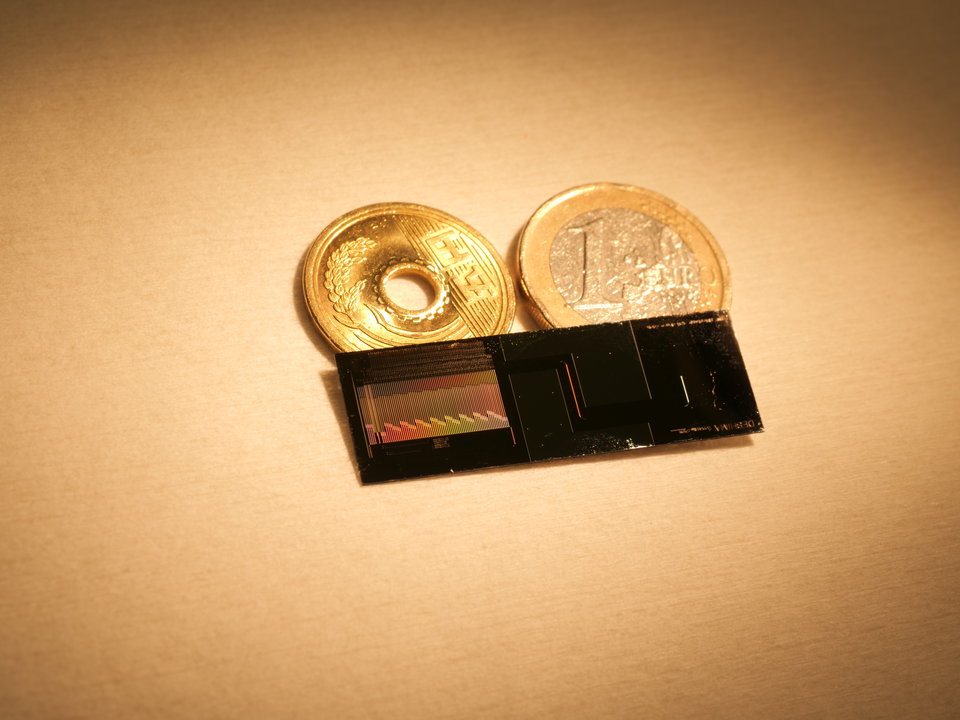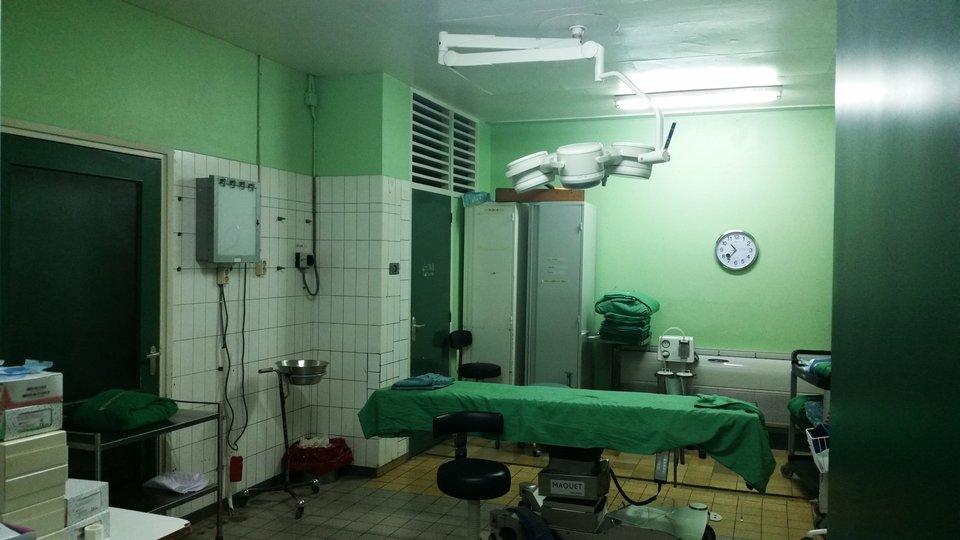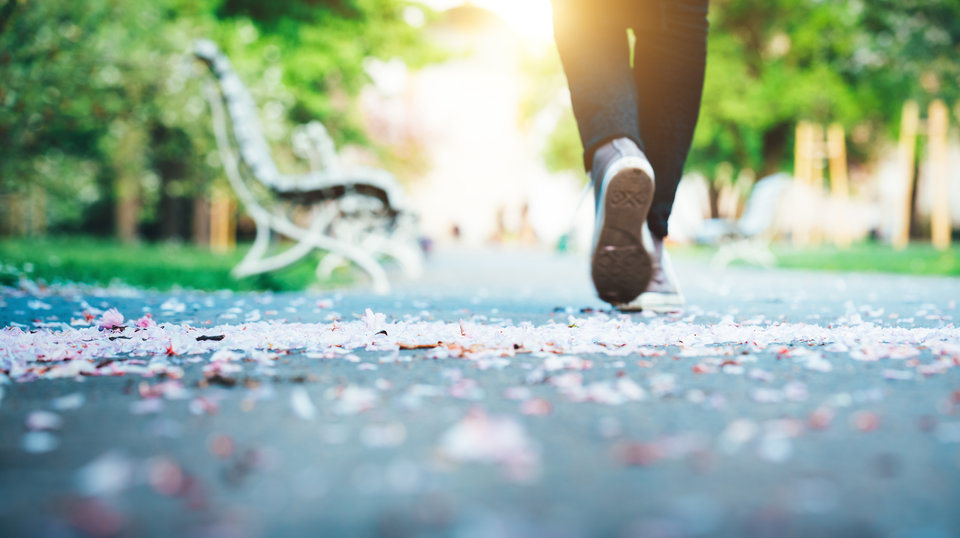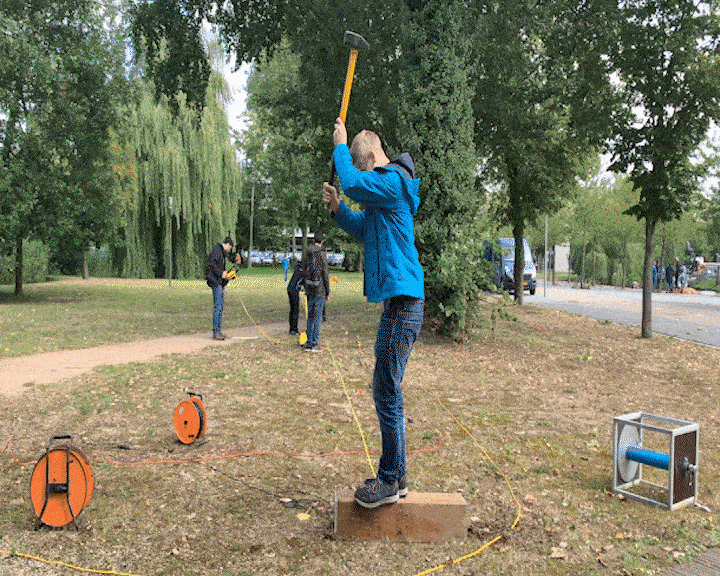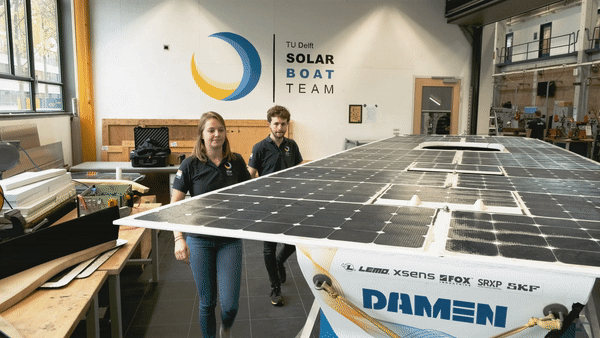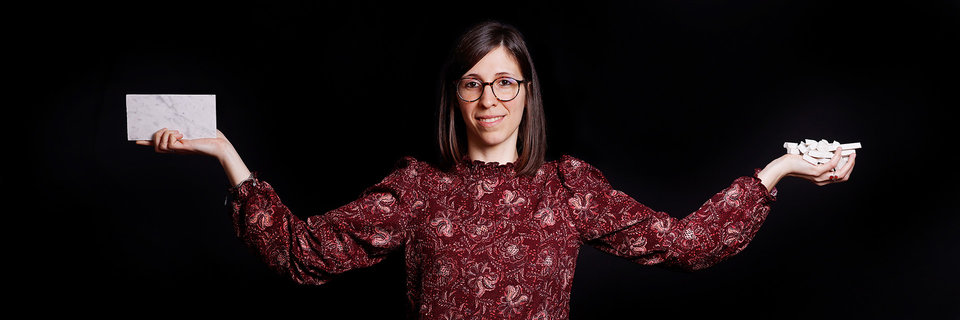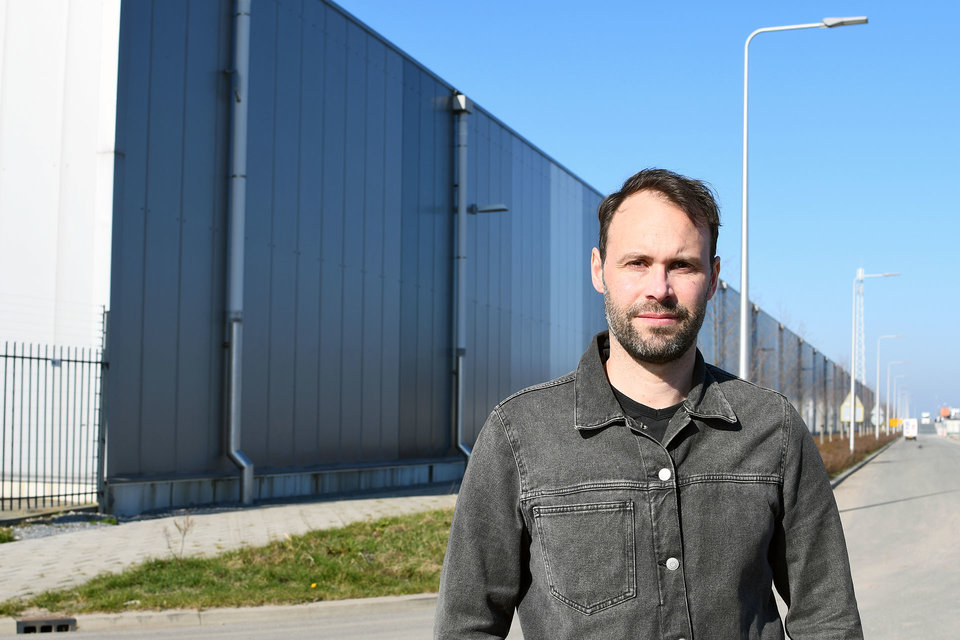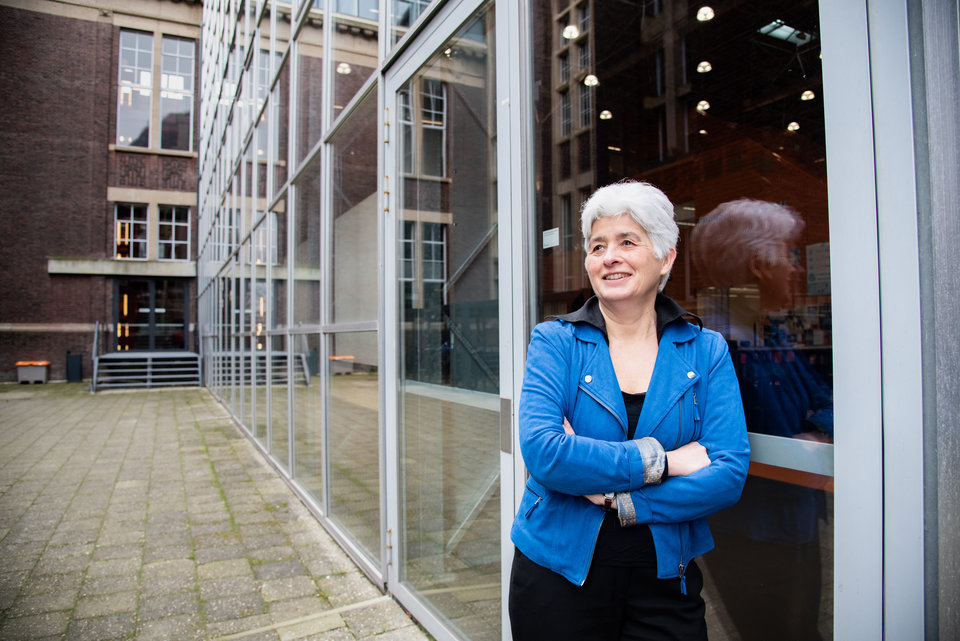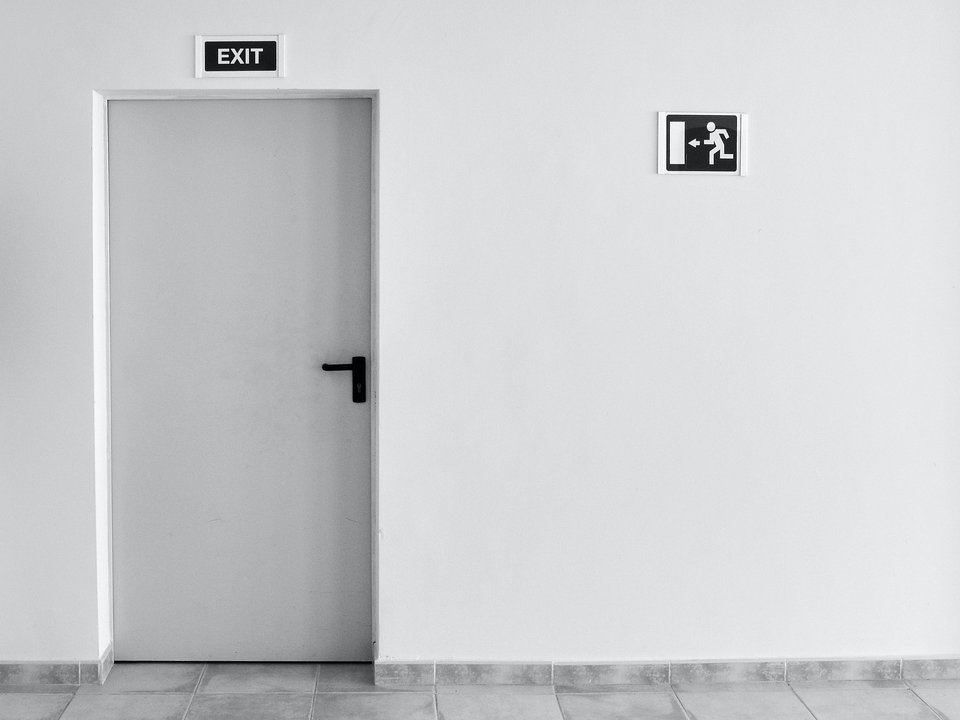Creating a design for a location in extreme conditions is not only challenging, it's also hugely educational. By having students do designs in places that are incredibly hot and dry or where there are frequent hurricanes, lecturer and architect Job Schroën encourages them to think outside the box and explore sustainable solutions. “Giving students freedom and having faith in them is all the motivation they need.”
What would it be like to design a building in Antarctica or the Himalayas? Nine years ago, this was the thought experiment that architect Job Schroën and Professor Ulrich Knaack grappled with as they developed the Master’s courses EXTREME Architecture and EXTREME Technology (see box). Schroën: “I thought it would be incredibly interesting to explore everything involved in creating a design in an area with extreme conditions. Often, extreme means that it is very hot or cold in a certain place. But it can also refer to places regularly hit by natural disasters, such as tropical storms or earthquakes.”
More space to think
Taking extremes as the starting point forces students to step out of their comfort zone, think outside the box and make more conscious choices, says Schroën. “In the past, it was common to teach students how to design a building. This can quickly result in standard solutions. When you’re designing in extreme situations, there’s much more room to think.” It starts with understanding what the local situation looks like. Schroën: “That’s why we always start with doing research. What type of climate and soil are we dealing with? What are the population demographics? What’s wrong with the current design methods? If your research is well-founded, it often results in better, more sustainable designs.”
If you take extremes as your starting point, you end up making much more conscious choices.
Tendency to think in terms of quick fixes
Every semester, Schroën embarks on a new project with students. Each student is allowed to work on their own design. The projects are based in countries across the world: from Congo and Jordan to the Maldives and the Caribbean. What can often go wrong in places like this is the tendency to think in terms of quick fixes, says Schroën. “If a place has been hit by a hurricane, everything is simply rebuilt as it was before. That leaves you with the same problem a few years down the line. A lot of materials are imported. That may be an easy solution, but it’s not always the cheapest or most sustainable choice.”
Vulnerable and depressing camps
Another example of unsustainable designs is how refugee camps are set up, continues Schroën. “In most cases, it involves the same process. After a disaster, a government or other funding organisation will say: here’s a few million euros for tents and equipment. Everything that happens with the money has to be measurable. The people living in this kind of camp are not allowed to interfere with the furnishing or how things are fitted out, because the government wants to prevent it becoming a permanent settlement. Yet camps like these can often be there for years. That makes them quite depressing places. Camps can also be vulnerable to fire and a lot of waste is left behind when people eventually return home.”
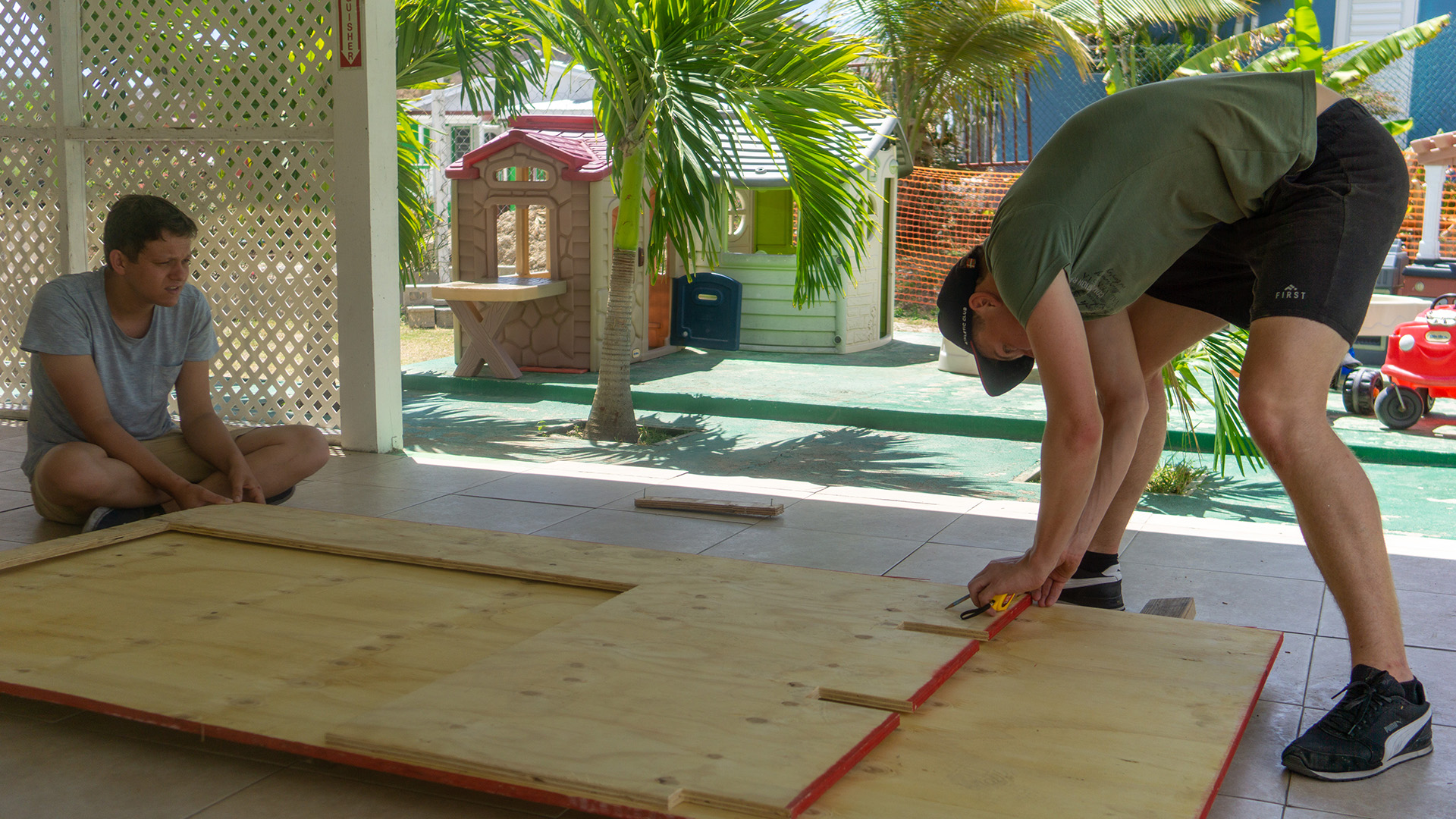
Thinking in terms of local resources and residents
Schroën was convinced that a different approach was possible and even essential. That’s why he joined forces with students to work on the sustainable designs for the Azraq Refugee Camp in Jordan. “Sustainable means using local resources, such as earth materials to build houses. When the camp is ultimately abandoned, this can all be returned to nature. But human resources are also important. In any camp, there are always skilled people who are capable of building a house. This way, they can shape their own environment. Students also explored setting up vegetable plots, enabling people to grow their own vegetables. This also improves quality of life in the camp. So, it’s about much more than the design of a building – we look at the bigger picture.”
Experiencing the conditions for yourself
Schroën is currently working with students on the design of a childcare centre on the Caribbean island Saba. “There are multiple challenges here, including no sewage or drinking water network, temperatures can get very high and hurricanes occur frequently. We will soon visit the island with a group of students. This kind of visit enables you to become well acquainted with the local situation or culture. Experiencing the conditions for yourself can prove to be very helpful. I remember the hot temperatures at night when I first visited a tropical country. It was a real eye-opener for me. Due to safety reasons and – more recently – the pandemic, we weren't always able to travel.”
In areas with extreme climate conditions, people often think in terms of quick fixes, but that may not always be the most sustainable choice.
Designing with cardboard
To provide students with inspiration, Schroën invited the Japanese architect Shigeru Ban to the Netherlands in early October. Ban is acclaimed for his use of cardboard. Schroën: “One of the advantages of cardboard is that it’s cheap. He makes the most fascinating designs with it, even in areas that are frequently hit by earthquakes and hurricanes. So, there is a lot of overlap between his work and ours. It was really great to see students from a wide range of disciplines attending his lecture, ranging from architects to engineers. One person might be interested in the material, another in the design aspects, and yet another in the way he makes cardboard joints.”
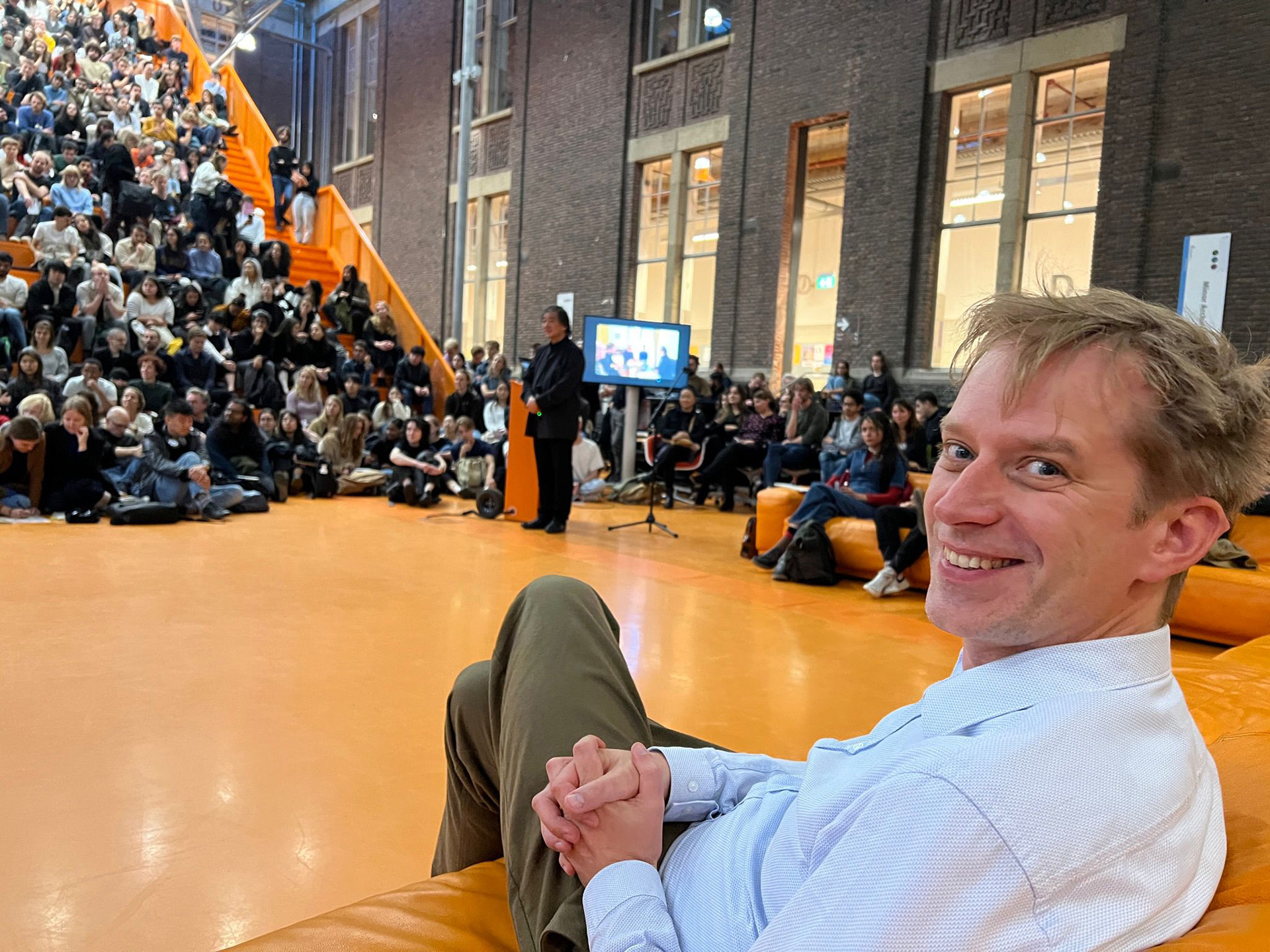
Always in search of new opportunities
Schroën believes that collaboration between different disciplines is becoming increasingly important in architecture. He is always looking for ways to join forces, including those fields that might not seem obvious. Schroën: “I’d love to work with people from Aerospace Engineering to explore better designs for roof edges. The joints currently used for this often mean that a roof can be blown away during a storm. Perhaps there is a technique used in aviation that could reduce the chance of this happening. By always being in search of new opportunities, I try to ensure that this course becomes a little more interesting every time.”
EXTREME Architecture is part of the master track Architecture and EXTREME Technology is part of the Master track Building Technology; both of TU Delft's Faculty of Architecture and the Built Environment. The difference between the courses is all about the approach and perspective. Architecture is mainly about the design itself whereas in Technology, the focus is more on the technology, materials and climate. Find the results of EXTEME ARCHITECTURE and EXTREME TECHNOLOGY here.
Schroën spends one day a week teaching these courses. In addition to his work in Delft, he also runs his own architects’ firm, September Architectuur.
Header image: EXTREME students at the Malediven; photo by Trang Phan.
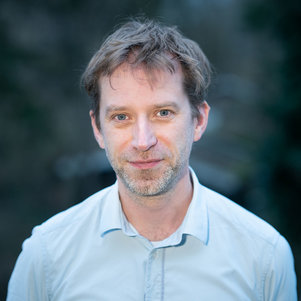
Ir. Job Schroën
It’s about much more than the design of a building – we look at the bigger picture.

